Kyle Rittenhouse Became A Convenient Scapegoat
For All Those Mayors Who Stood By & Just Watched Their Cities Burn
During the summer of Antifa/BLM rioting that swept across many cities last year, a policy first voiced by a former Democratic mayor of Baltimore back in 2015 seemed to have been unwisely adopted by many of her progressive brethren.
It was Baltimore Maryland mayor Stephanie Rawlings-Blake who first articulated the ‘space to destroy’ policy that so many other mayors ended up adopting last year as their own policy for dealing with violent destructive mobs claiming political causes for which many Democratic mayors were overtly sympathetic.
Rawlings-Blake said following the death of Freddie Gray in police custody in April of 2015 that she was implementing a policy of holding the police back and giving the rioters enough space to destroy property while Maryland authorities sought to de-escalate the situation.
As NBC News reported at the time, Rawlings said in a media interview:
"It's a very delicate balancing act because while we try to make sure that they were protected from the cars and the other things that were going on, we also gave those who wished to destroy space to do that as well, and we work very hard to keep that balance and to put ourselves in the best position to de-escalate."
So you can see I am not mischaracterizing what she said. Rawlings-Blake was more concerned about keeping the rioters in the streets ‘protected from the cars’ while giving those among the rioters who wanted ‘destroy’ sufficient ‘space’ so they could do that than she was about protecting all of the city which she had been elected to serve.
It had been commonly understood before the Baltimore riots of 2015 that the best way to control a riot in an urban city - assuming you couldn’t prevent one from happening to begin with by a large enough police and first responder presence - was to quickly contain it with a cordon of police and/or National Guard and then move in and regain control of the area. Acting quickly allowed the city authorities to de-escalate the riot before it grew and grew and covered more and more area and caused a greater amount of damage.
As R. Reno, editor of First Things, pointed out in a NY Post guest editorial following the Kenosha riot last year, there were riots at many American universities in the 1960’s and early 1970’s where administrators adopted the tactic of containing the unrest rather than directly confronting it. Reno makes the pertinent point that while that strategy might work on a college campus, it is a big mistake to try this with a large riot in a major city.
Reno states:
Unrest continues in Kenosha, Wis., in the aftermath of the shooting of Jacob Blake. News of street violence makes my heart sink. But I’m not surprised. Since George Floyd’s death, civil authorities have done everything possible to avoid deadly encounters. They have given low priority to the protection of property.
The danger in this approach is that those victimized start to fight back (or hire proxies to do so).”
[This is exactly what happened in the Rittenhouse case, although Rittenhouse was there as an unpaid volunteer; he was not hired for money to protect property]
The strategy was one of containment, not confrontation. This was not necessarily a stupid approach, given that public opinion at that point was solidly behind protesters and against police. But it came with costs, which store owners and residents of the neighborhoods overrun by disorder and crime had to absorb.
This strategy has its roots in university culture. Since the 1960s, campus leaders have perfected a script. Student activists can take over administrative offices or the library. These violations are tolerated, as long as not too much is disrupted. University leaders are careful to affirm the “spirit of protest.” Eventually, enthusiasm wanes; things return to normal.
However the positive returns on this strategy are diminished when you try to apply it to urban city streets:
Protecting property from theft and destruction is one of the fundamental functions of government. The university strategy, if applied to the hardscrabble streets of a poor neighborhood rather than the safe confines of a college campus, risks allowing an atmosphere of lawlessness to take hold.
The destruction of property is not just an attack on another’s possessions. It is a violation of justice. This is why rioting and looting affect far more than those whose stores are burned. Citizens begin to worry that they don’t live in a society committed to justice. As we know from blacks who resent mistreatment by the police, which is also unjust, this worry can become explosive, even among those not personally affected.
If civil authorities don’t restore order reasonably soon, it is nearly inevitable that citizens will organize to defend themselves. Gun sales have skyrocketed in the last three months, a sure sign that many citizens no longer believe that the police will protect them.
Rawlings-Blake gave voice to a new and completely twisted riot ‘control’ policy that seems to have been adopted across the country. While certainly surrounding the rioters with a cordon of police, her orders were apparently that police were not to engage or attempt to get control of the area back. Instead, the police were ordered to stay back so that the mob had sufficient ‘space to destroy’ while Rawlings-Blake attempted to **negotiate terms** with the mob’s leaders.
The foundational idea of Rawlings-Blake’s nonsensical riot ‘control’ policy was to leave a large section of her city under the control of a violent destructive mob with no attempt by city authorities to protect any property in that section as the progressive city leadership tried to talk the mob into behaving in a more rational manner.
Just as one of the most nonsensical statements ever made was that by ‘fighting terrorism you only encourage more terrorism and create more terrorists’, the vapid idea quickly took root among the nation’s democratic mayors that the best way to handle a violent mob burning down your city is to **not engage it** or try to directly stop the riot, because that only encourages ‘more rioting’.
It is an absurd idea that a city is better served by staying back and letting a violent rampaging horde of looters and rioters burn down more of the city because the rioters will ‘burn themselves out’ or run out of gas [pun intended] if authorities just hang back and wait for the mob to calm down.
If you do not engage a riot early enough, it grows and spreads. By not engaging it you’re only letting the mob get stronger, not weaker. And it uses that strength to inflict more harm and destruction, not less.
Of course, because the violent rioting was left completely unchecked within the sizable ‘space’ that it had been stupidly given by Rawlings-Blake, there was a much greater amount of property destruction in Baltimore than there otherwise would have been.
Since her chances of getting reelected was pretty slim after mismanaging the Freddie Gray riots, Rawlings-Blake announced she would not seek reelection the next year and was replaced as the city’s mayor.
A common defense of Rawlings-Blake is that she was ‘misquoted’. Well, view her press conference yourself and see if she was taken out of context.
Baltimore Mayor Gives Rioters "Space To Destroy"
Progressives during media events who weren’t clever enough to realize they were not supposed to say the quiet part out loud on camera suddenly rushing back out to ‘clarify’ what they supposedly really meant is nothing new. We’ve seen a lot of this the past few years.
Rawlings-Blake tried to claim her comments had been taken out of context, attempting a lame walkback by saying:
"I did not instruct police to give space to protesters who were seeking to create violence or destruction of property," she wrote. "Taken in context, I explained that, in giving peaceful demonstrators room to share their message, unfortunately, those who were seeking to incite violence also had space to operate."
So Rawlings-Blake was forced into the incoherent position that in giving those peacefully protesting space to share their message to the city authorities, she was also unfortunately giving that same ‘room’ to those who were seeking to incite violence and destruction of property.
If the incoherence and mayhem of this convoluted riot policy had remained unique to Baltimore as an object lesson to the rest of the country, perhaps some good could have come out of the entire debacle.
But that did not happen. If anything, the nation’s Democratic mayors took all the wrong lessons from the Baltimore riots of 2015.
Five years later as a vicious cycle of mass rioting swept across the United States in the summer of 2020 following the death of a drug dealer and felon named George Floyd, all the conditions that led to the sordid spectacle in Baltimore were repeated in over a dozen other cities. Most of these cities were under the control of Democratic mayors who found themselves faced with highly organized and destructive mobs who’s leaders had cleverly cloaked themselves in the mantle of racial grievances.
As in Baltimore, the progressive Democratic leadership in many of the cities beset by what was clearly coordinated criminal conspiracies opted to pretend that they were instead facing organic public protests that had goals with which they could enthusiastically sympathize.
This was something that led them into adopting the same stupid policies that Stephanie Rawlings-Blake had decided upon.
Don’t directly confront the violent rioting
Surrender designated sections of the city to the control of the mobs
Order the police to stand down as a good faith gesture to the rampaging horde, in order to show you are attempting to de-escalate the situation
Locate and begin negotiations with the riot’s leadership and find out what they want and make concessions in return for an end to the mob’s activities.
If you are a mayor of a large city doing these four steps in the face of violent rioting, this means you are assuming the mob’s goal is de-escalation, that the leading rioters are reasonable and will talk with you in good faith. As many mayors discovered the hard way over the course of that long summer, de-escalation was not, in fact, on the agenda of the people coordinating these riots in multiple cities simultaneously.
Any mayor sincerely trying to implement this harebrained ‘space to destroy’ strategy would’ve soon learned that while he or she was acting in good faith, BLM and Antifa and other forces behind the scenes orchestrating these coordinated riots most definitely were not acting in good faith.
The faith of the people directing, funding, coordinating and equipping the violent rioting mobs in these U.S. cities was very, very bad indeed.
Had the mayors of these cities done the right thing at the time, the amount of lives lost would have been much less than it ended up being. The amount of damage to many of these cities would have also been far less than what it became.
You would hope a great deal of self-reflection would be engaged in by the mayors of these cities that ended up having entire city blocks torched and destroyed while they pursued a strategy that not only didn’t work, it made things far worse than they otherwise would have been.
Which brings me to Kenosha, Wisconsin. And Kyle Rittenhouse.
Not only have the mayor and city authorities in Kenosha apparently not engaged in any deep thinking about what they might have done differently as an organized and well funded mob descended upon their city last year following the shooting of a known criminal who was trying to stab police with a knife; they have instead embarked upon a grand crusade to absolve themselves by sending a young man named Kyle Rittenhouse to prison for murder.
There was a lot of anger from residents of Kenosha after the riots were over when the full impact of the damage became known. The fallout was far worse than it should have been because mayor John Antaramain had decided on the “Rawlings-Blake” method of non-engagement when it came to handling the rather sizable mob that had descended upon Kenosha to wreak havoc on the area.
Like Rawlings-Blake had five years previously in Baltimore, Kenosha’s mayor decided the best course of action would be to contain the rioters inside a designated ‘space to destroy’ section of his city and then wait for the mob to calm down.
Also, not trying to directly curtail the rioting meant that Antaramain would be able to point to how gentle he was being with the racially charged situation, how sensitive and polite and so on. He certainly was not acting as some kind of white supremacist eager to send in the police so they could crack down and start knocking heads.
Progressive Democrats who’ve gone full blown woke will make incredibly bad decisions in order to keep from being branded white supremacists or racists by the Antifa/BLM organized criminal gangs who are acting in bad faith.
Sure, millions of extra dollars in property damage occurred, but at least nobody got to call mayor Antaramain a racist. To him that was apparently the most important thing.
However, Mayor Antaramain was far from alone in making bad decisions in an attempt to win sympathy from organized mobs acting in bad faith.
It must be recalled that Wisconsin Governor Tony Evers had sent only a token force of National Guard to Kenosha, while refusing all federal help. Mayor Antaramain was mostly on his own in dealing with what was a very large organized group of people from out of town who were wreaking havoc.
Thus far I’ve pointed out that some of these Democratic mayors were blinded by their sympathy for the stated goals of the organized criminal mobs destroying sections of their cities. But there’s another factor that must also be taken into account. And that’s the money factor. It very likely occurred to Mayor Antaramain in the summer of 2020.
When most of the violent rioters don’t live in Kenosha or are not even residents of Wisconsin, having your police department arrest them and having your district attorney charge them for the crimes they have committed carries a sizable price that you may not be willing to pay.
When several hundred out-of-towners descend on your city to riot and break the law, if you have your police department arrest them and your courts charge them, you now have a bunch of trials you’ll have to hold, each one of which is going to cost your city budget a certain amount of money.
It is far cheaper and much easier on the city budget to just look the other way and let the business district take the hit. Sure, a couple of dozen businesses will be burned down or looted, but that’s what insurance is for, and you protect the current city budget, which is already devoted to all your pet projects. You have your police arrest 100 violent rioters and looters, there goes a sizable chunk of your city budget for the next year. Why not just avoid the grief?
Of course, afterwards when angry citizens are looking for someone blame for the hundreds of millions of dollars lost to the riots, ruined businesses and livelihoods, no self-respecting mayor is going to blame themselves.
Especially if a convenient scapegoat can be proffered instead.
The prosecution of Kyle Rittenhouse makes the Kenosha city authorities position abundantly clear: their ‘space to destroy’ strategy was working, until a bunch of armed citizens got in the way and provoked the angry mob.
And now they are determined to make Kyle Rittenhouse pay for it.
CONTINUED IN PART 2 LATER THIS WEEK




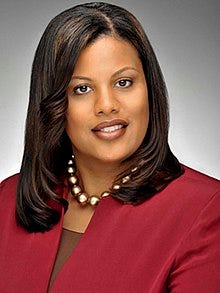
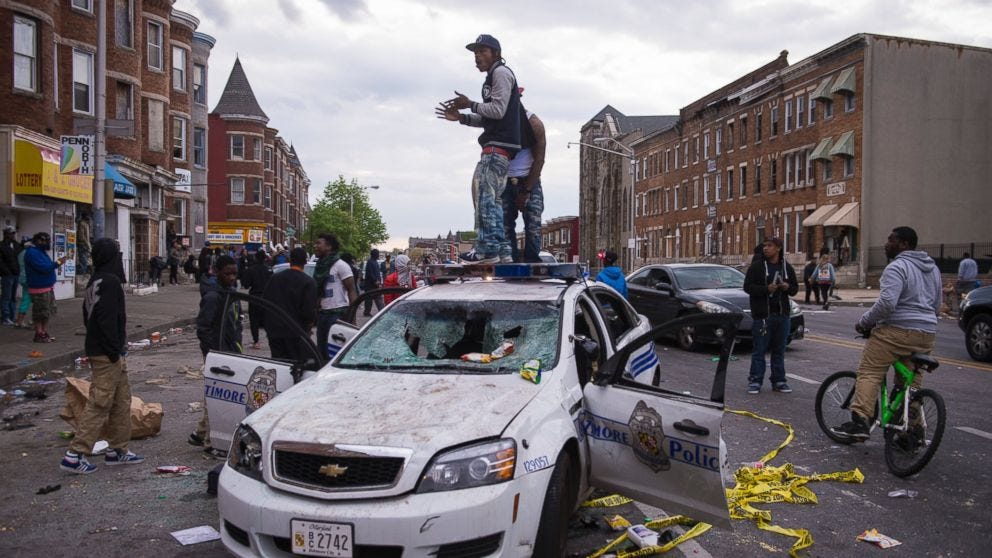
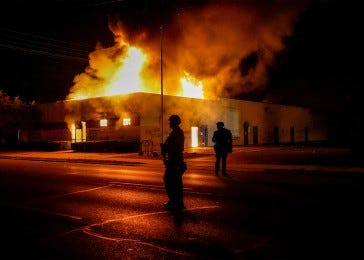
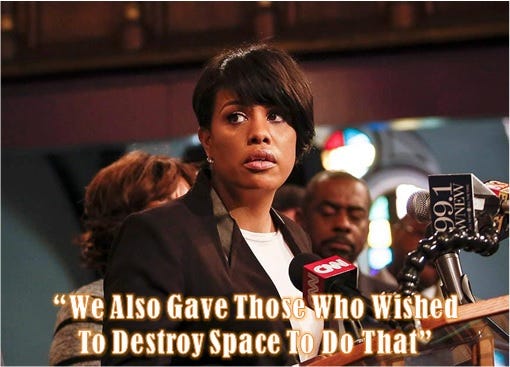
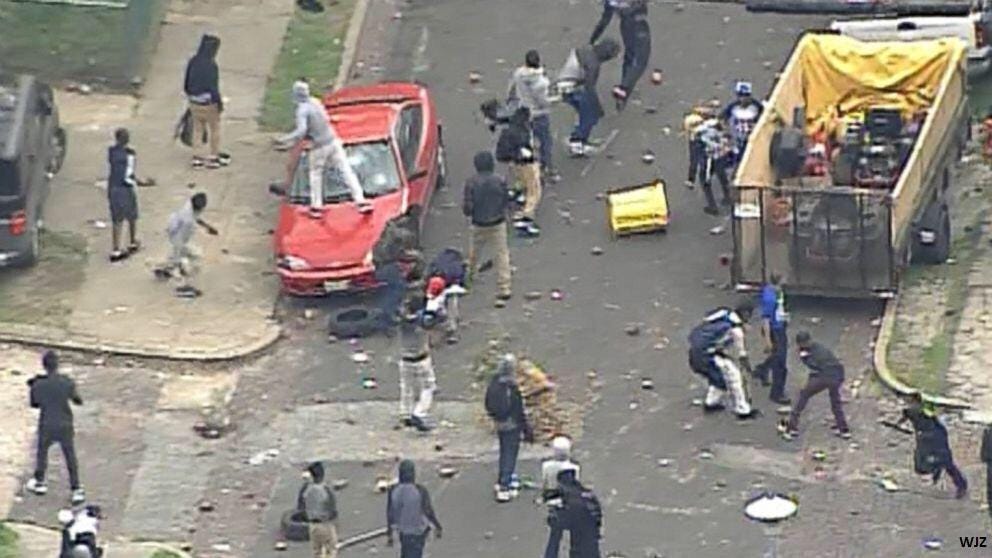

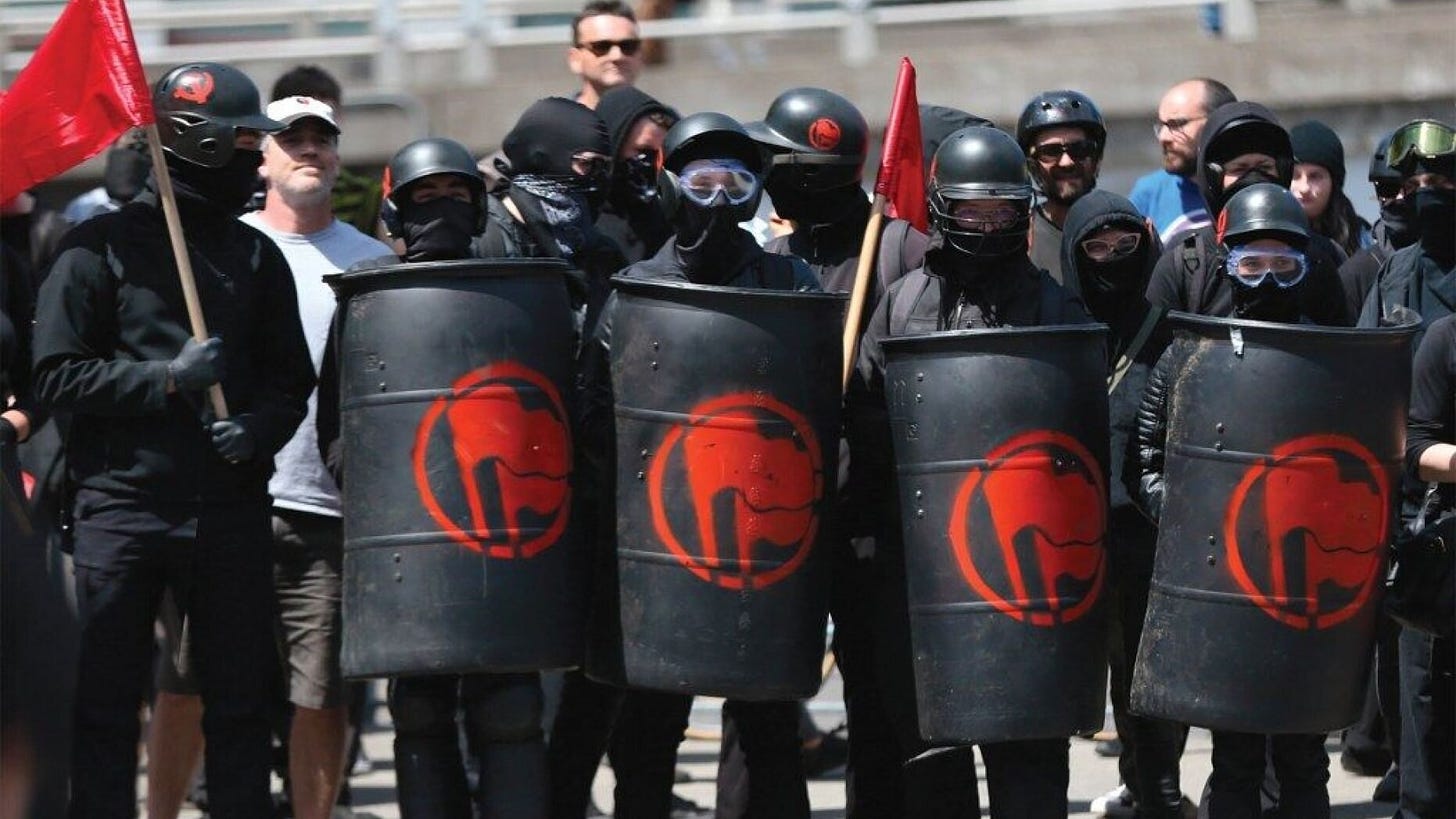
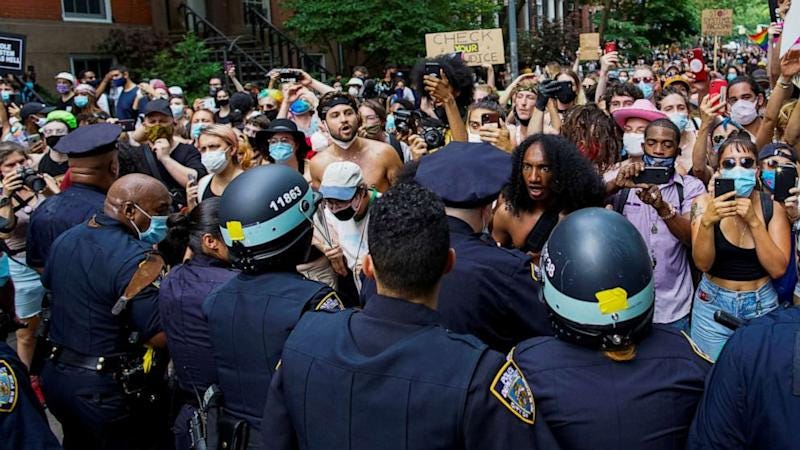
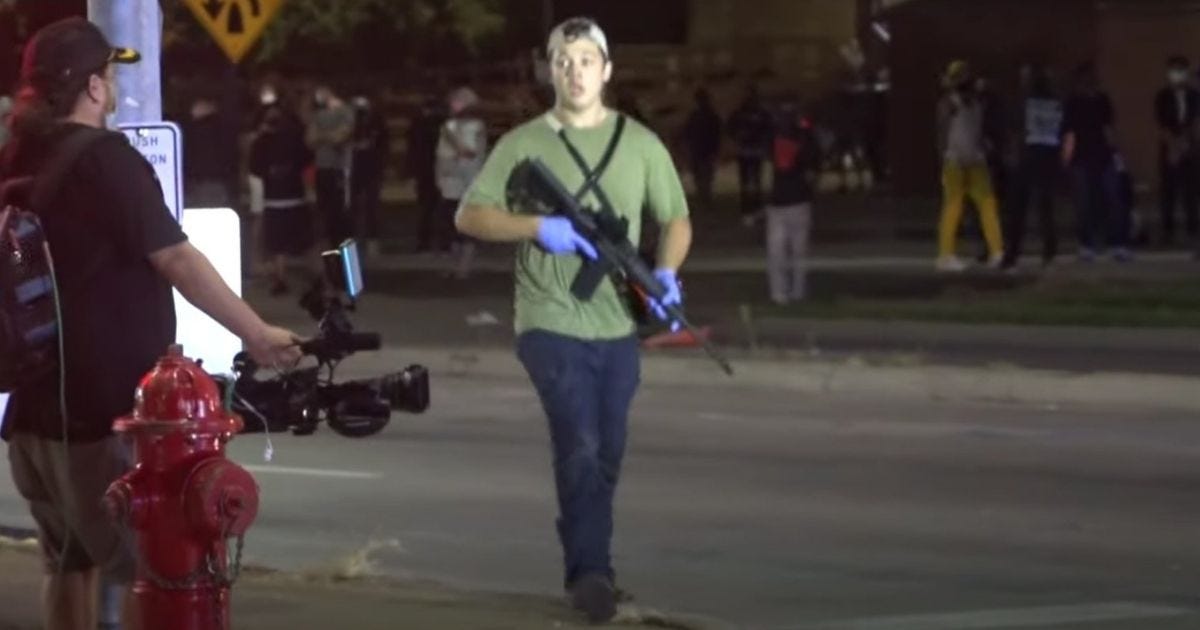

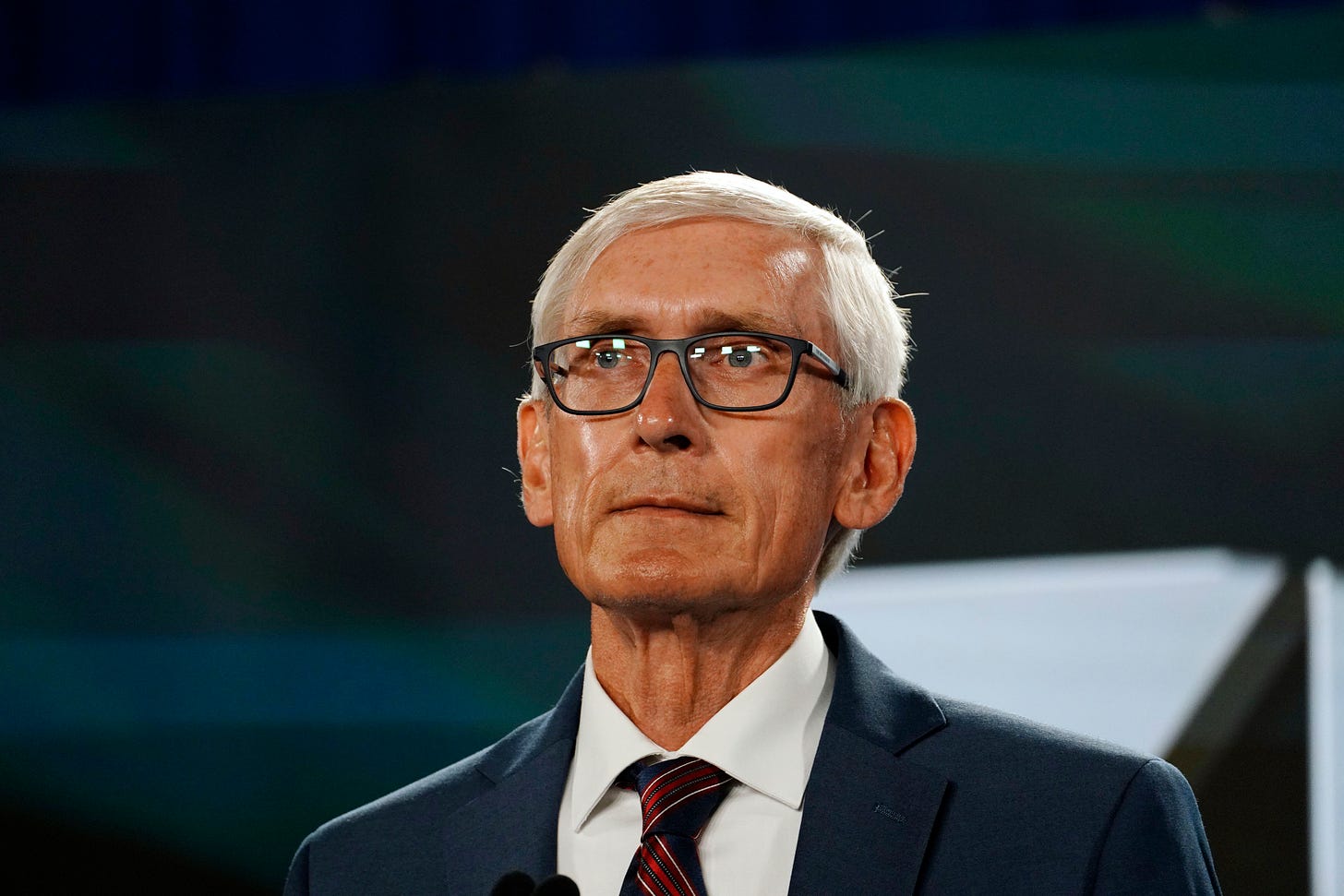

I had forgotten about the Baltimore riots. Thanks for linking it all together.
I was in my mothers womb a 20 minute drive away from the Detroit Riots in 1967.
Those riots had a profound impact on my family growing up in the burbs of Detroit.
I believe America has the smarts to fix these issues. We just need the will to do it. Making our election process legitimate will be a great first step.
Koreans had the right idea during the LA riots.